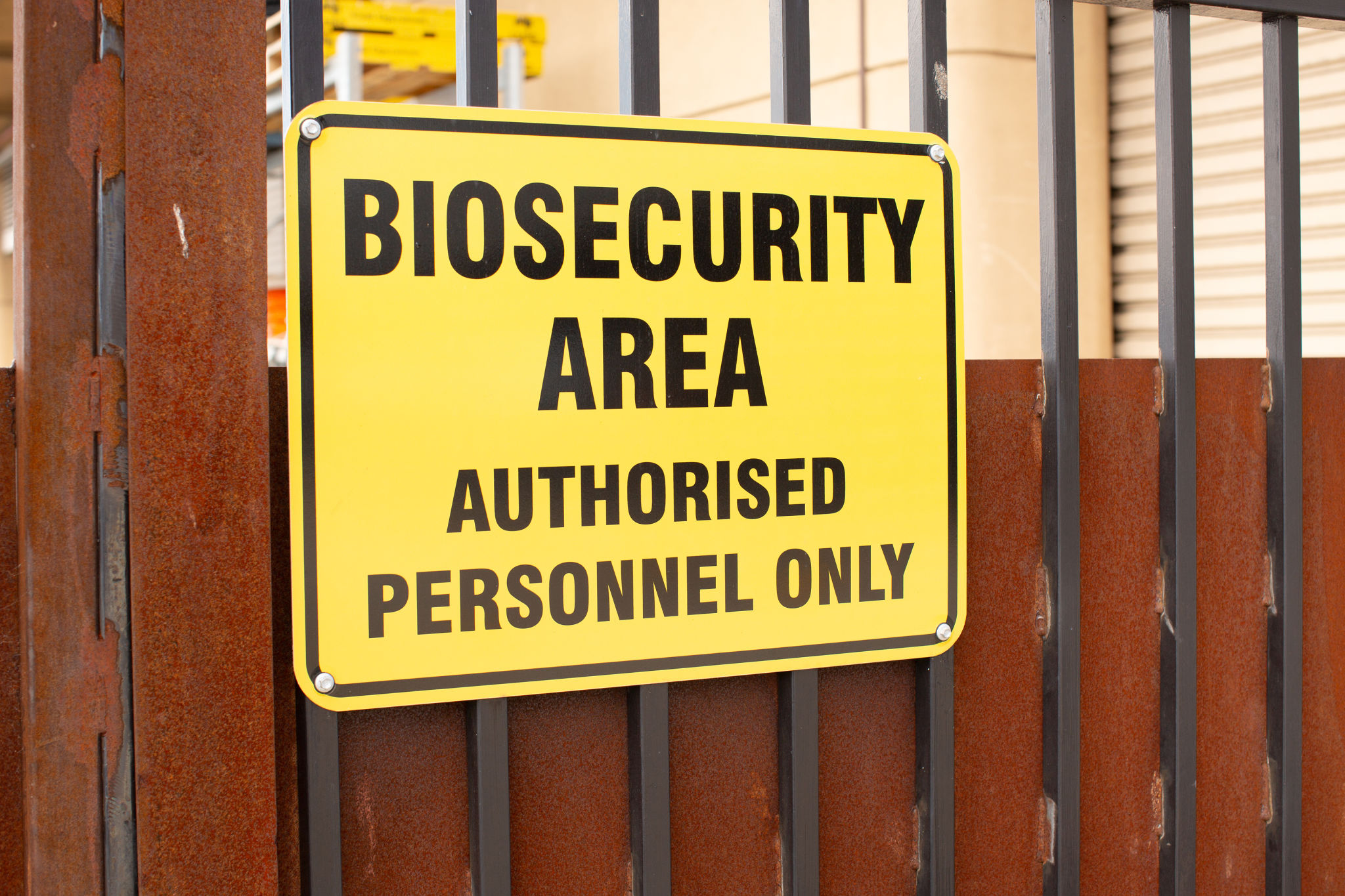Comprehensive Guide to Quarantine and Biosecurity Services in Australia
Understanding Quarantine and Biosecurity in Australia
Quarantine and biosecurity services are crucial for protecting Australia's unique environment and agriculture. As an island nation, Australia is vigilant about preventing the introduction of foreign pests and diseases that could impact its biodiversity and economy. This comprehensive guide will help you understand the essential aspects of these services.
Australia's biosecurity measures are among the strictest in the world, ensuring that imported goods do not harm the country's delicate ecosystems. The responsibility for maintaining these standards lies with the Department of Agriculture, Fisheries, and Forestry, which works tirelessly to manage risks associated with international trade and travel.

The Role of Quarantine in Biosecurity
Quarantine plays a pivotal role in biosecurity by isolating and monitoring goods, animals, and people who might pose a risk to Australia's environment. The process involves thorough inspections and, if necessary, treatment to eliminate potential threats before they can enter the country.
Items subject to quarantine include agricultural products, live animals, plants, and even personal items brought by travelers. Each item is carefully assessed to ensure compliance with Australia's strict biosecurity regulations.
Key Quarantine Procedures
There are several key procedures involved in quarantine services:
- Inspection: All imported goods undergo rigorous examination to detect any signs of pests or diseases.
- Treatment: Items found to be at risk are treated using approved methods to neutralize potential threats.
- Containment: High-risk items may be quarantined until they are deemed safe for entry.

Importance of Biosecurity Services
Biosecurity services are essential for safeguarding Australia's natural resources. They help preserve the country's rich biodiversity and prevent economic losses that could result from invasive species affecting agriculture and tourism.
Moreover, biosecurity measures maintain public health by controlling the entry of foreign pathogens that could lead to outbreaks of diseases in humans or livestock. This comprehensive approach ensures a balanced ecosystem and a thriving economy.
Challenges in Biosecurity Management
Despite stringent measures, biosecurity management faces several challenges. Globalization and increasing international trade create new pathways for potential threats. Climate change also alters habitats and ecosystems, potentially making Australia more susceptible to invasions by foreign species.

How Australians Can Contribute
Every Australian has a role to play in supporting biosecurity efforts. By understanding and complying with quarantine regulations, individuals can minimize the risk of introducing harmful species into the country. Travelers should be aware of what they can and cannot bring into Australia to avoid penalties and contribute to national safety.
Agricultural businesses are encouraged to implement biosecurity plans on their properties, ensuring they monitor for unusual pests or diseases and report any suspicious findings to authorities promptly.
The Future of Biosecurity
As technology advances, so too do the methods for enhancing quarantine and biosecurity services. Innovations such as remote sensing, genetic testing, and data analytics are being integrated into biosecurity strategies, allowing for more efficient detection and management of risks.
By combining cutting-edge technology with public awareness and cooperation, Australia can continue to protect its unique environment from biological threats.